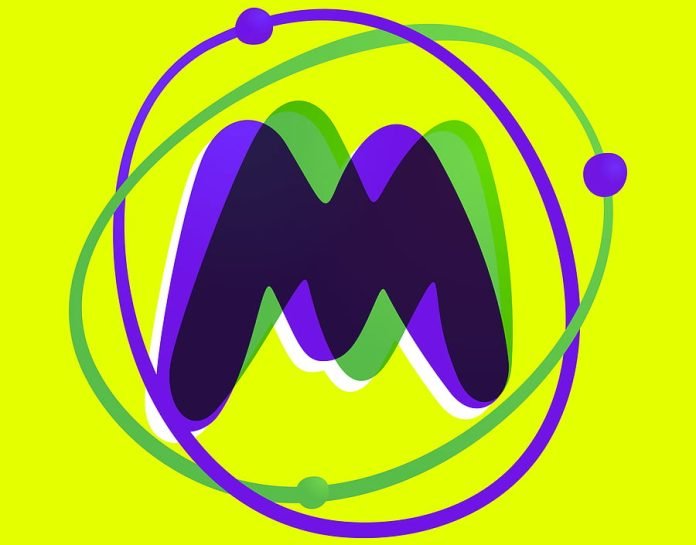ONVIF has released the Profile M draft specification, which will pave the way for increased interoperability of IP cameras or analytics applications with video management systems (VMS), as well as facilitating easier integration with Internet of Things solutions.
Profile M provides a standard way of communicating metadata between edge devices or services, such as IP cameras or analytics apps for devices, and clients, such as video management software (VMS), network video recorders or server- or cloud-based services. This means that systems integrators and end users can flexibly mix and match solutions from different providers of analytics, edge devices, and video management software or cloud services, together with IoT applications, into one system.
“Profile M will be a compelling ONVIF profile for camera and VMS vendors, and independent developers of edge-, server- or Cloud-based services,” says Sriram Bhetanabottla, chair of the ONVIF Profile M Working Group.
“The rise in the number of smart applications for security, business intelligence and IoT devices is driving interoperability demands. Profile M apps will have wide compatibility, and this will encourage further growth in the number and types of applications and result in even greater choice for end users.”
ONVIF Profile M is designed to support analytics configuration and information query for metadata, as well as filtering and streaming of metadata. It has interfaces for generic object classification and specified metadata for geolocation, vehicle, license plate, human face and human body.
Profile M also defines interfaces for rule configuration for events, event handling for apps that support people counting, and face and license plate recognition, and events using JSON (JavaScript Object Notation) and the MQTT (Message Queuing Telemetry Transport) protocol for IoT applications.
Use cases for metadata include highlighting objects of interest in a video stream, heat mapping in a retail store using human and geolocation metadata and vehicle mapping in a parking lot using vehicle and geolocation metadata. Meanwhile, use cases for event handling include crowd control or queue management through people counting analytics and access control in a parking lot through license plate recognition (LPR) apps.
For an IoT application, the Profile M event-handling interface can be used for room temperature control – in such a case the Profile M camera (with MQTT support) detects humans in a room and sends an ONVIF event over MQTT to an IoT platform or application that, in turn, triggers a smart thermostat to adjust the room temperature.
#securityelectronicsandnetworks.com












